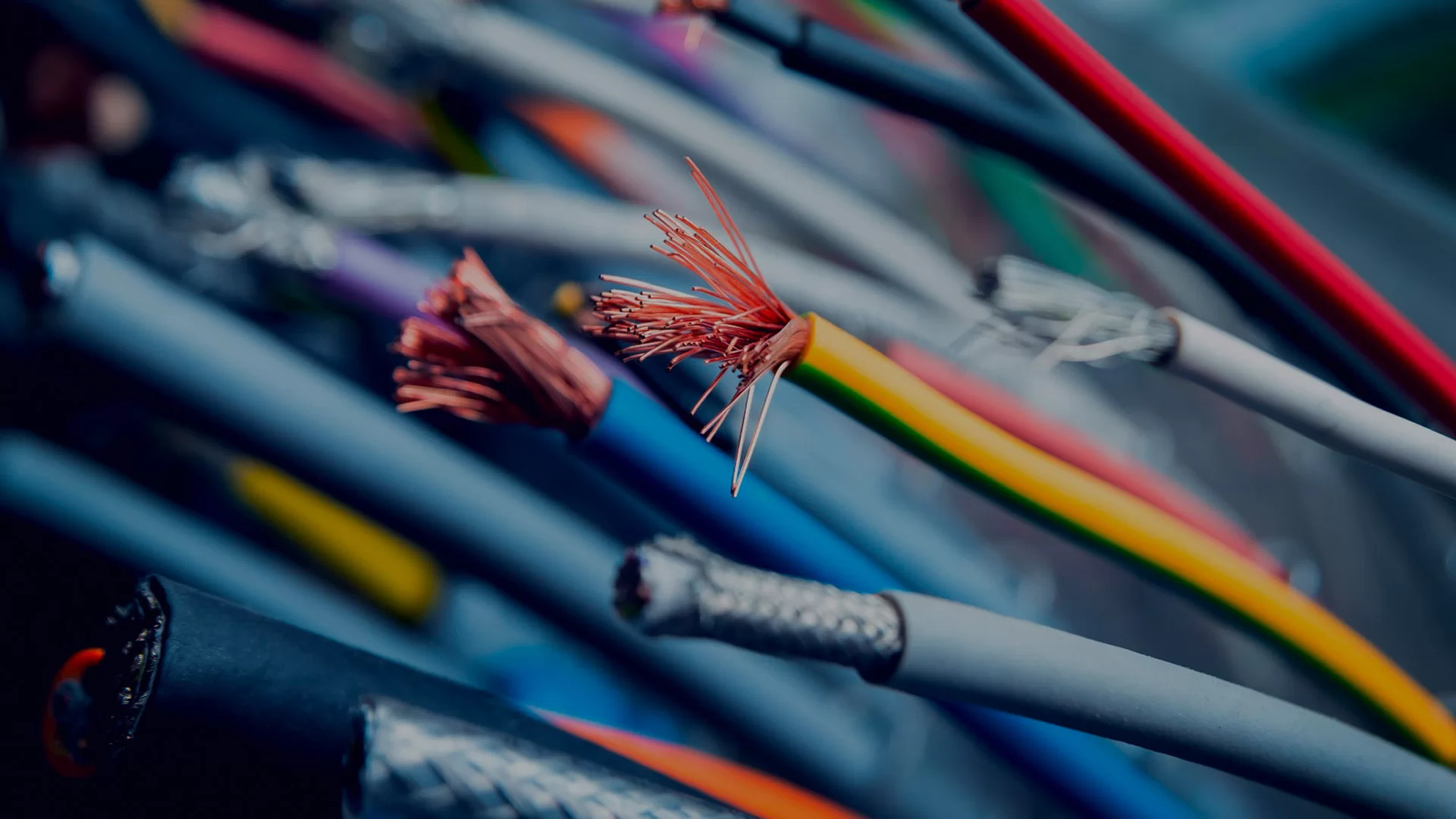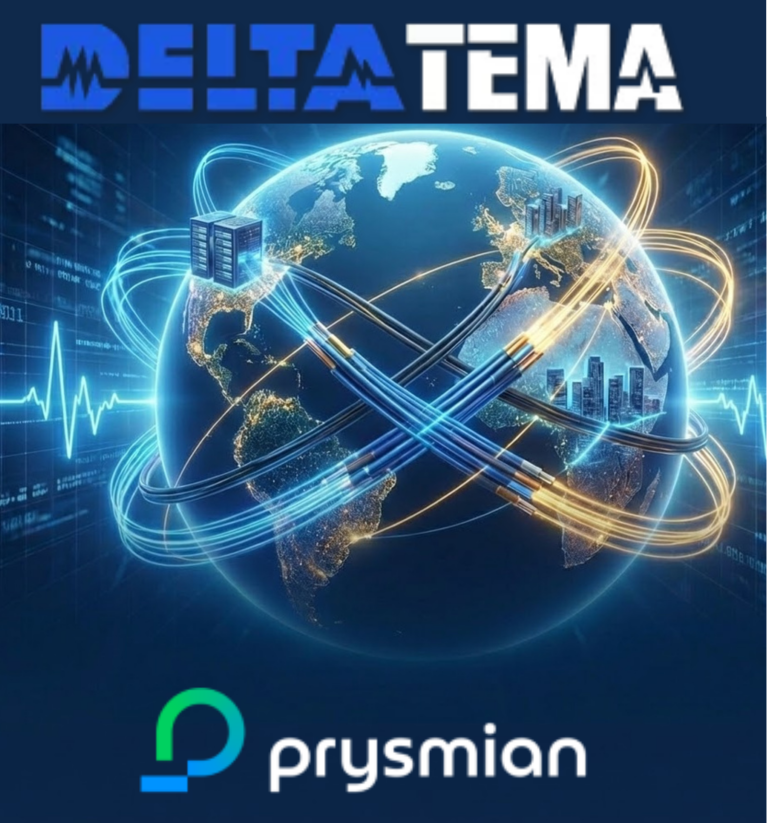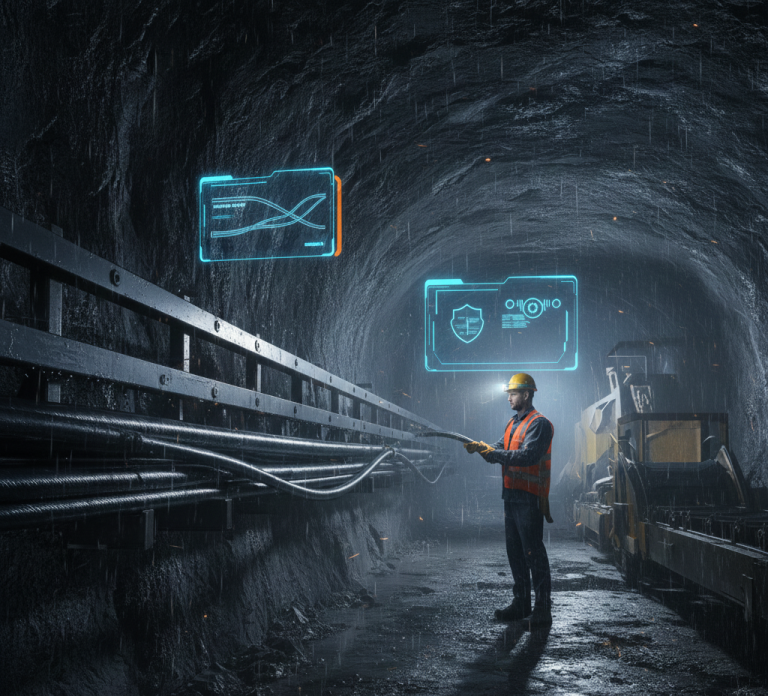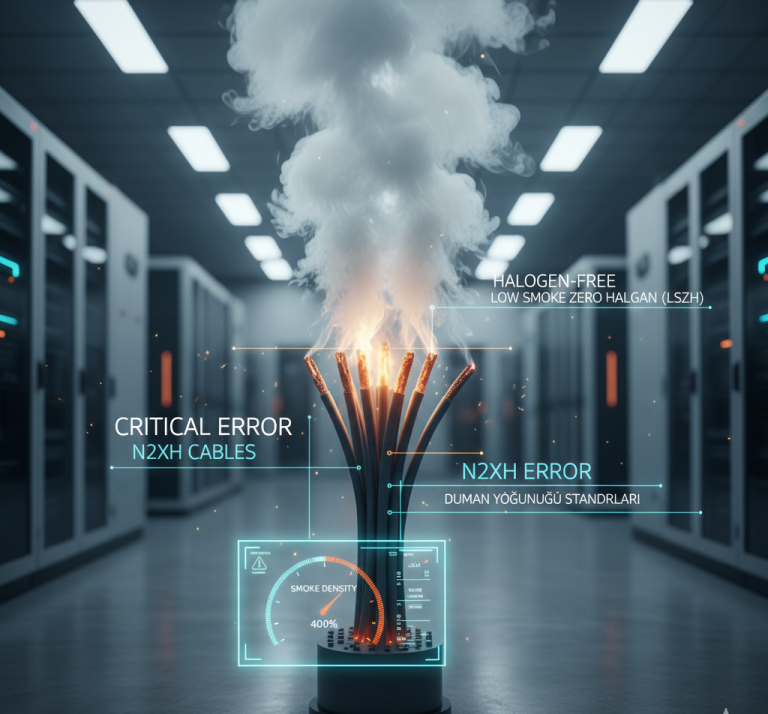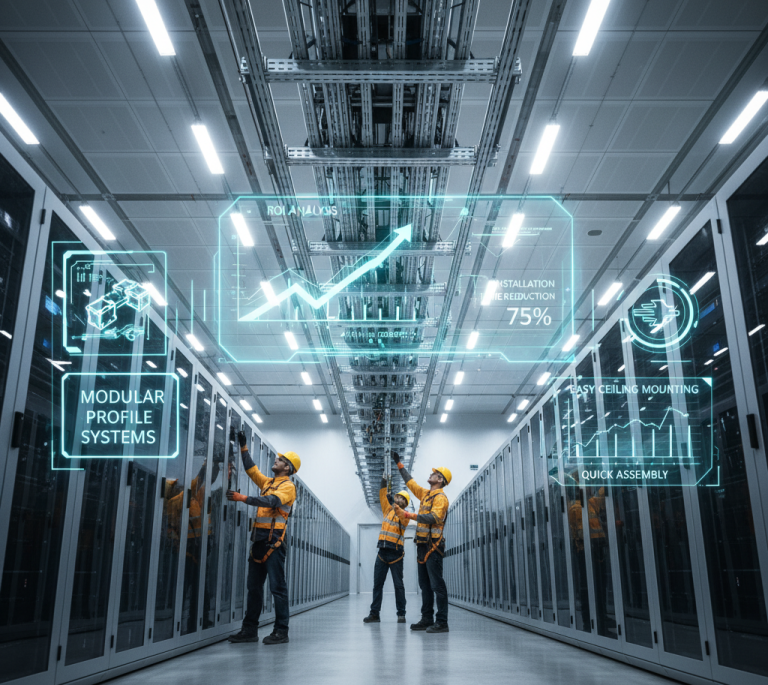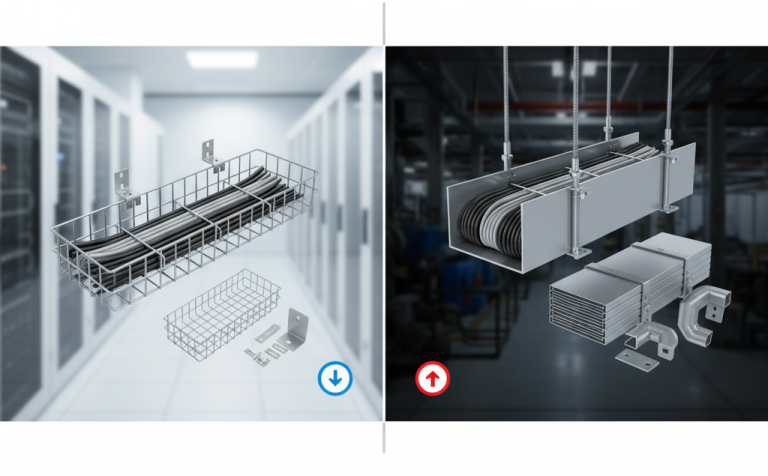How to Choose the Right Cable for Your Business?
One of the most critical components of a safe, efficient, and long-lasting infrastructure in any business is choosing the right type of cable. Whether it’s for power transmission, data networking, fire safety systems, or automation, using the wrong type of cable can lead to safety risks, performance losses, and increased maintenance costs. In this article, we explain the key factors to consider when selecting cables for commercial and industrial use.
Identify Your Needs: The Foundation of Cable Selection
The first step in selecting the right cable is clearly identifying the intended use. The purpose and application determine which cable type is best suited. Common usage areas include:
- Power transmission (low and medium voltage)
- Data communication (Cat5e, Cat6, fiber optic)
- Fire alarm and security systems
- Automation and control systems
- Lighting infrastructure
Main Cable Types and Their Features
The type of cable you select depends on the nature of the signal or energy it carries. Below are the most commonly used cable types in business environments:
Power Cables
Used for the electrical infrastructure of businesses, power cables are typically made of copper or aluminum conductors. Types like NYY, YVV, and N2XH serve different needs. When selecting power cables, you must consider load capacity (amperage), voltage level, and whether it will be installed indoors or outdoors.
Data and Communication Cables
Used in offices, data centers, or automation setups, cables like Cat6, Cat7, and fiber optics ensure high-speed data transmission. Bandwidth, signal loss, and shielding are key selection criteria.
Low Voltage and Fire Alarm Cables
These are used in fire alarm, CCTV, public address, and emergency systems. Halogen-free and flame-retardant options should be prioritized, especially in compliance with building fire safety regulations.
Consider Environmental Conditions
The physical conditions of the installation site play a big role in cable choice. For outdoor, underground, or moisture-prone areas, choose cables with proper insulation and jackets. UV resistance, temperature tolerance, and mechanical strength are all essential considerations.
Fire Safety and Halogen-Free Cable Options
Modern buildings and industrial facilities are expected to comply with strict fire safety standards. LSZH (Low Smoke Zero Halogen) cables reduce toxic gas emission during fire and should be the standard in public buildings, factories, and commercial areas.
Compliance with Electrical Standards and Project Plans
Every cable selection must align with the project’s electrical plan and local standards (TSE, IEC, etc.). Instead of random selections, relying on expert support ensures a compliant and future-proof system. At Deltatema, we provide project-based cable planning and technical consultancy services.
Future-Proofing: Think Long Term
Choosing cables based on current needs alone may lead to extra costs in the future. It’s smarter to select cables with higher current capacity to accommodate possible equipment expansions or upgrades. Proper planning today saves money and downtime later.
Deltatema Delivers Smart Cable Solutions
At Deltatema, we offer power, data, and automation cabling solutions tailored to your business needs. With high-performance, certified, and standards-compliant cables, we help businesses build a reliable infrastructure. From competitive pricing to timely delivery and expert engineering support, we are your partner in electrical success.
Conclusion: Cable Selection is a Strategic Investment
Your choice of cable directly impacts your business’s safety, efficiency, and long-term reliability. Partner with Deltatema to choose the right cable from the start and future-proof your electrical infrastructure with confidence.
